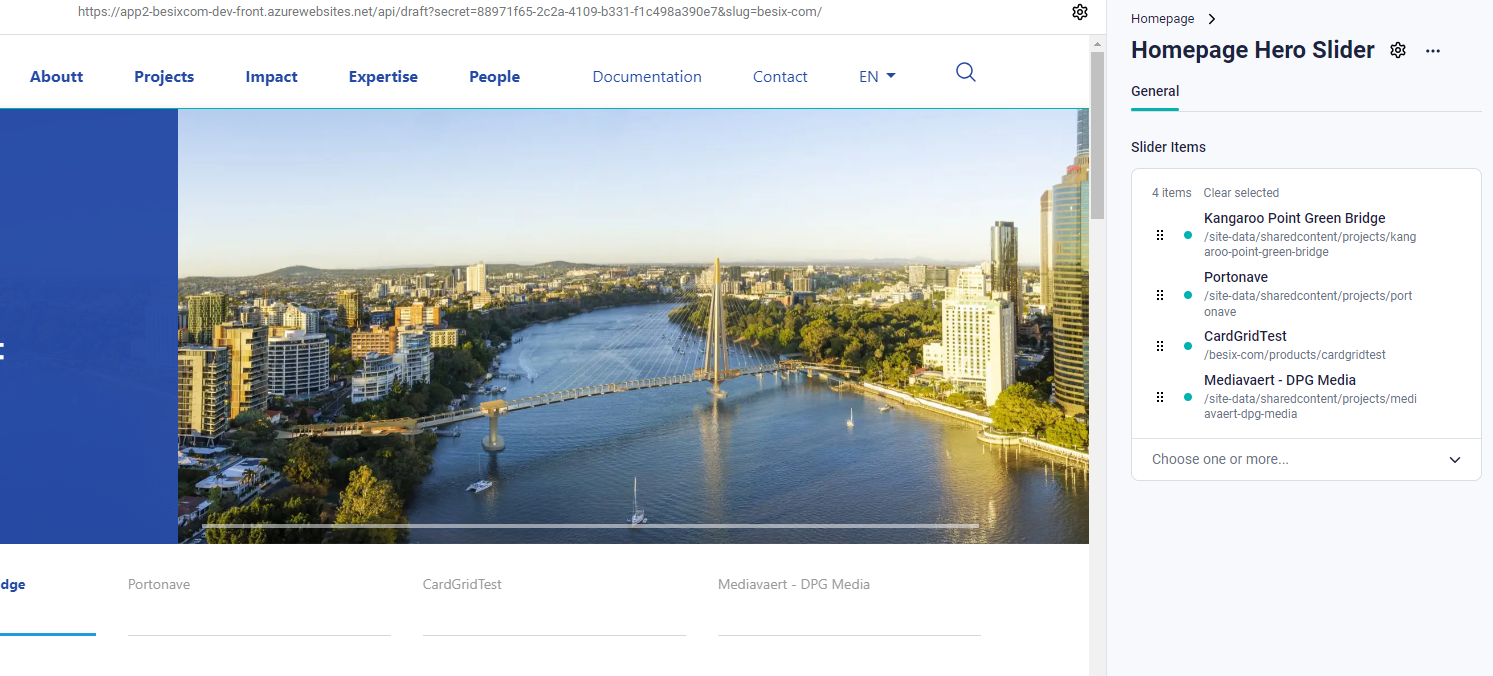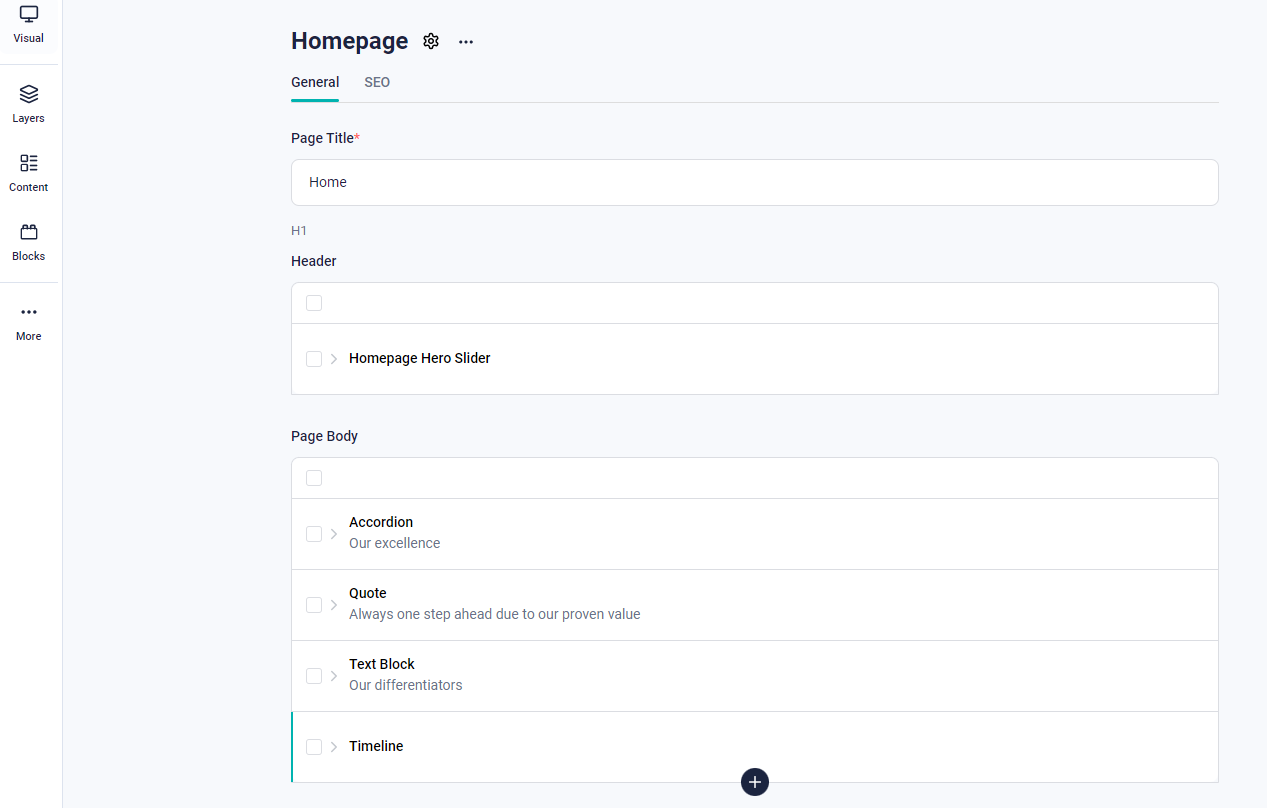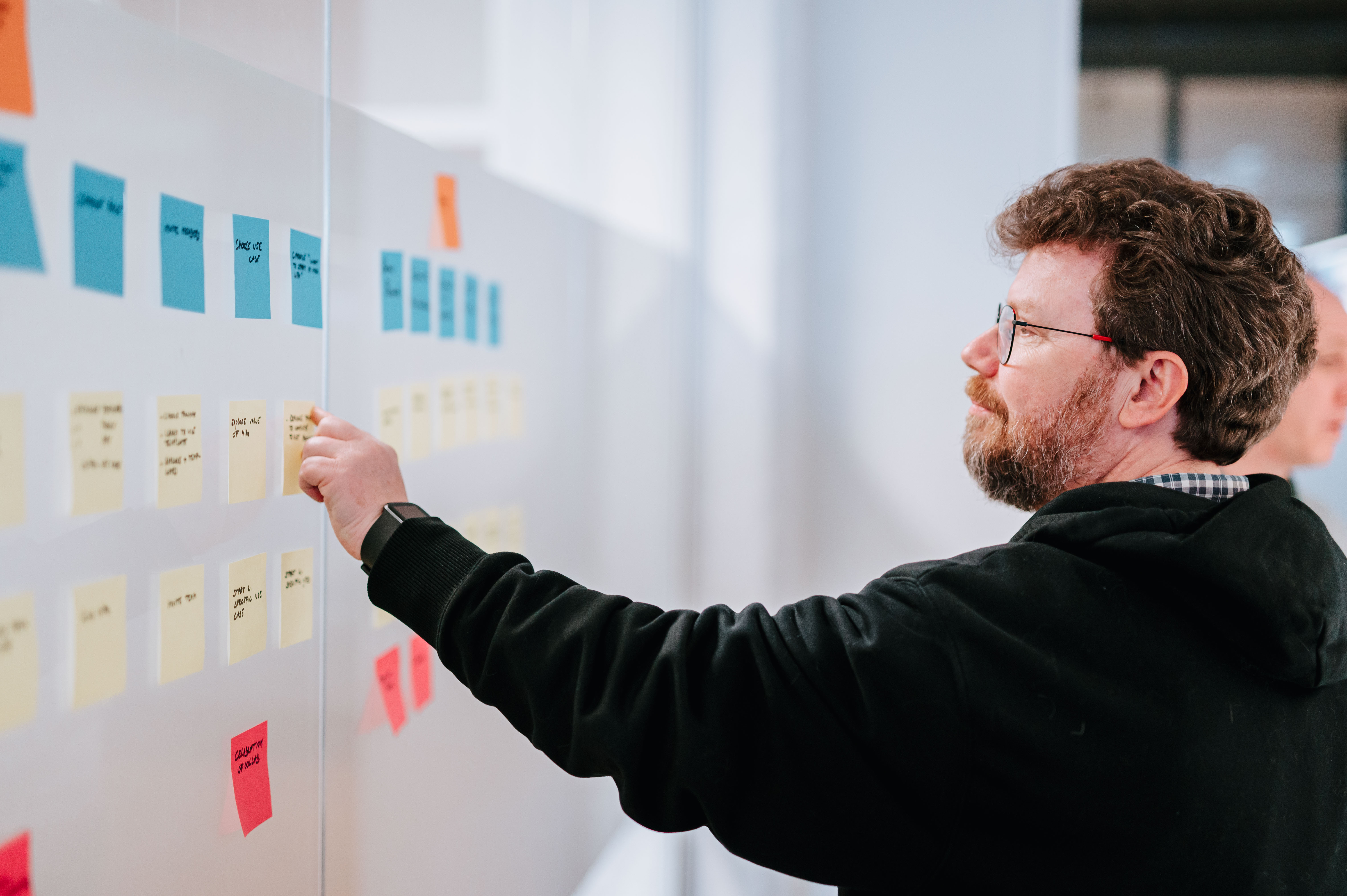Content Management Systems (CMS) have been around for quite a while, in many forms and flavors. Without delving into the history of Content Management Systems, it is important to understand our past to appreciate the tools and flexibility we have today.
CMS evolutions, the move towards a headless future
August 23, 2024 | Kris Verheire, Solution Architect at The Reference

Initially, editing raw HTML was done in text-based editors or basic tools such as Dreamweaver and sometimes even in Notepad. The enormous level of flexibility this offered also required some hands-on HTML, CSS and styling as well as JavaScript knowledge, which introduced many disadvantages. Even without providing an extensive list, it should be clear that this approach did not allow for several basic needs such as re-use of content, design-guidelines, or more complex features such as integrations with backend platforms.
From the early days of content editing, the basic needs of the content editor have not changed drastically. Editors were and are looking to have flexibility and ease of use in editing and managing their content / structures and user experiences.
However, as customer expectations, web technologies, and web designs evolve, so does the complexity of the content editing process.
Early iterations of CMS tended to be very monolithic. These platforms tried to cover all aspects of web-development though a single platform. Design tools, wireframing, content creation, image manipulations, user metrics, personalization, tasks and automation were all covered by these monolithic tools. And it sounds like a blessing to have all these tools at your disposal, but at the same time it created enormous dependencies into one single platform. Furthermore, it made for very lengthy and expensive platform maintenance and did not allow for users to pick the tool that best matched their needs or preference.

Now and the future
Nowadays, editors benefit from CMS that seamlessly integrate with other platforms such as proprietary backend systems, DAM (Digital Asset Management), PIM (Product Information Management), Forms, Search solutions and any tool that makes the shortlist for the myriads of options that enable a multi-site, multi-country, and multi-channel digital approach.
Furthermore, any tool that enables content moderation across different content sources should allow for day-to-day operations of the content editor as well as enable an implementation that focusses on performance, scalability, extensibility, and SEO friendliness.
Enter the modern headless CMS, where the concept is straightforward;
‘As a content editor, you need to be able to manage content and structure without having to concern yourself with the concept of design, user devices and/or consuming channels.’
The ‘head’ (your implementation and front-end) will be responsible for displaying the information in line with the design. As a content editor you are tasked with providing the correct data and structure to create the ideal user-journey for your visitors.
This approach ensures design consistency and allows for flexibility in content creation, linking, and data display. And if needed, data coming from backend systems can be transformed, imported or injected into the CMS for further enrichment.

Headless CMS case - Storyblok
Several solutions and platforms exist that have provided an answer to these specific demands in the content editor market and that fit directly into a headless and composable approach. Storyblok is one of the solutions that stands out based on its versatility, flexibility, and user-friendly interface.
Whereas most headless solutions provide content through a long list of content items, that can then be filtered or sorted based on your needs, Storyblok also allows for grouping of content in logical folders.
This approach allows for a much more manageable content structure and saves time by providing content favorites as well as a recognizable content approach that helps editors to quickly orientate and find that piece of content relevant to their needs.
Consider the following website structure as a high-level example:
Content editing can be done both visually as well as through a forms-based editing mode.

This approach to contented editing provides the content editor with enormous flexibility. Throughout the functional analysis, the data model is derived as well as the functional and non-functional components/content blocks.
In short, Storyblok can accommodate any use-case, from small to large, with its extensive, scalable feature set. Topped off by an impressive user interface, the Storyblok CMS ensures a smooth integration into any composable architecture that aims at a future-ready and extensible platform.
Conclusion
Headless CMS solutions need to be able to offer the modern-day content editor all the flexibility that the initial basic tools were able to offer, but without any of the disadvantages. Instead, it should be able to offer consistency, re-usability and extensibility.
A strong headless CMS enriches the content editor toolset by providing most (if not all) of the following (non-exhaustive) list:
- A visual, real-time content editing toolkit
- Well-structured content based on either flexible components or structured data
- Smooth integrations with all other platforms in your composable landscape
- Content tagging to structure and reference content
- Add-ons & modules aimed towards integration, translations and collaboration features
- Digital asset management capabilities
- An integrated AI solution that allows you to collaborate and brainstorm on content
- User, roles and rights management features
- Strong multi-lingual features
- Integrated search to quickly find and favourite content
- Extensive API / GraphQL capabilities for integration and data-exchange purposes
A strong CMS can help lay the foundation for re-imagining your entire architecture and digital landscape. Ensuring each member of your marketing and IT team has the right tools will expedite your digital journey and reduce costs and training time.
Let's continue the conversation
Did you like what you read? Are you eager to find out how we can help you further? Feel free to reach out, we would love to have a chat.
Keep reading with these insights

Content Chaos: From Bachelor Pad to Content Oasis with Headless CMS
Is your CMS holding back your B2B growth? Learn how a headless CMS can transform your content strategy, break down silos, and enhance customer relationships. Discover how it streamlines content while creating new engagement and revenue streams.

6 content marketing challenges and how to overcome them
Content marketing works, if you do it right. Based on our experience with clients, these are the 6 challenges that business face the most, and how you can avoid them.

What is a headless CMS?
If you are in the market for a CMS, chances are great you have heard of the term headless or decoupled floating around. But what is it exactly? Read more to discover the benefits it can bring your business


